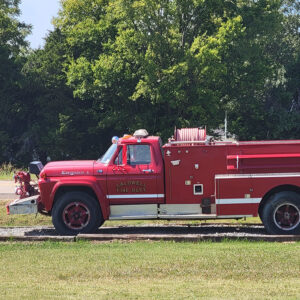 Caldwell Fire Engine
Caldwell Fire Engine
Entry Category: Counties, Cities, and Towns
 Caldwell Fire Engine
Caldwell Fire Engine
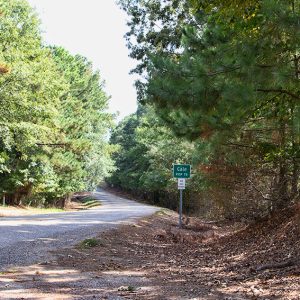 Cale
Cale
Cale (Nevada County)
 Cale Fire Department
Cale Fire Department
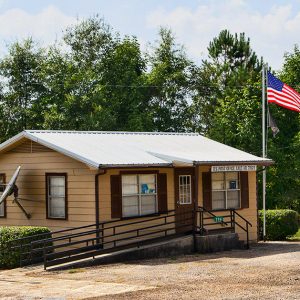 Cale Post Office
Cale Post Office
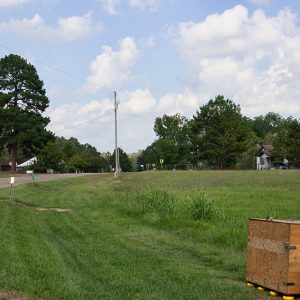 Cale Street Scene
Cale Street Scene
Calhoun County
Calico Rock (Izard County)
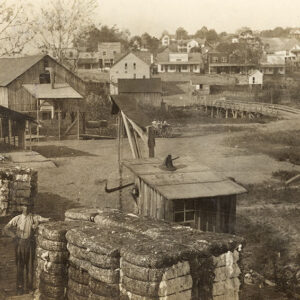 Calico Rock Street Scene
Calico Rock Street Scene
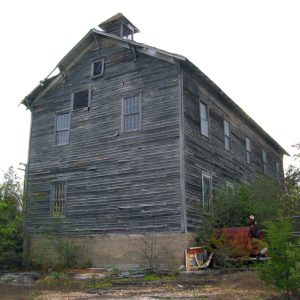 Calico Rock Church and Oddfellows Hall
Calico Rock Church and Oddfellows Hall
 Calico Rock School
Calico Rock School
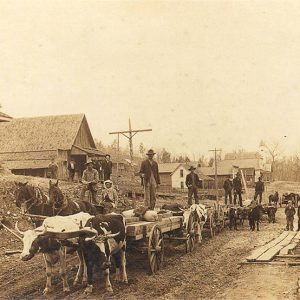 Calico Rock Street Scene
Calico Rock Street Scene
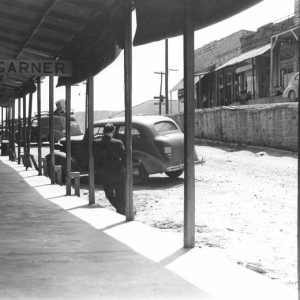 Calico Rock Street Scene
Calico Rock Street Scene
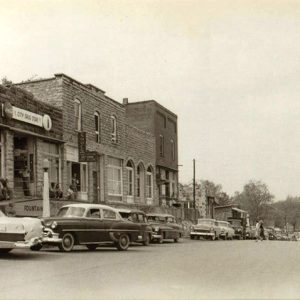 Calico Rock Street Scene
Calico Rock Street Scene
Calion (Union County)
 Calmer Church
Calmer Church
Camden (Ouachita County)
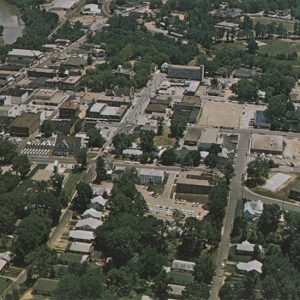 Camden Aerial View
Camden Aerial View
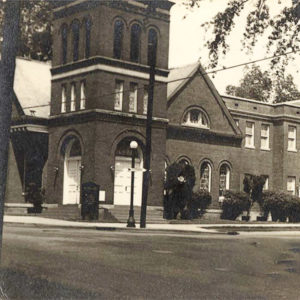 Camden Baptist Church
Camden Baptist Church
 Camden Barbers
Camden Barbers
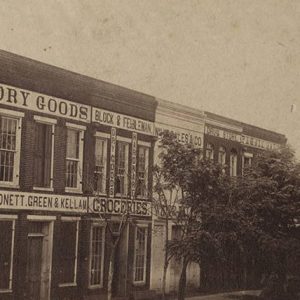 Camden Businesses
Camden Businesses
 Camden Church
Camden Church
 Camden Church
Camden Church
 Camden Church
Camden Church
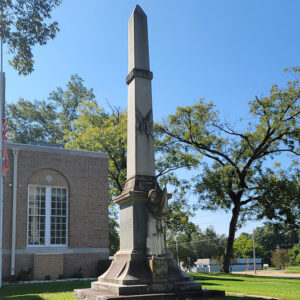 Camden Confederate Monument
Camden Confederate Monument
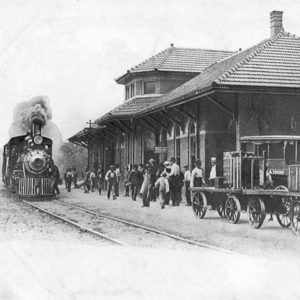 Camden Depot
Camden Depot
 Camden Federal Building
Camden Federal Building
 Camden Fire Department
Camden Fire Department
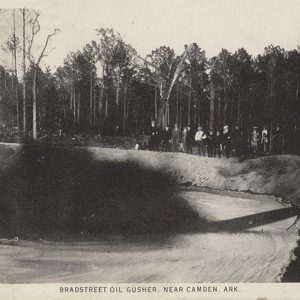 Camden Gusher
Camden Gusher
 Camden Masonic Lodge
Camden Masonic Lodge
 Camden Municipal Building
Camden Municipal Building
 Camden News Building
Camden News Building
 Camden Parade
Camden Parade
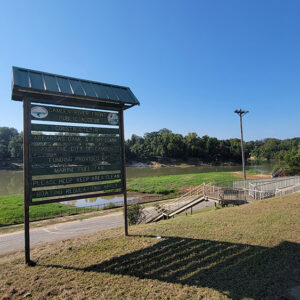 Camden River Access
Camden River Access
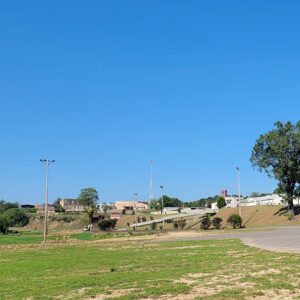 Camden Scene
Camden Scene
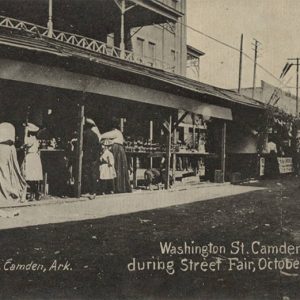 Camden Street Fair
Camden Street Fair
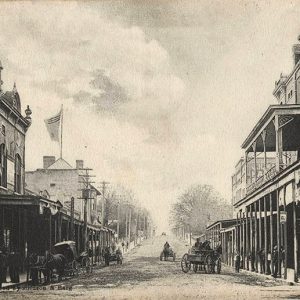 Camden Street Scene
Camden Street Scene
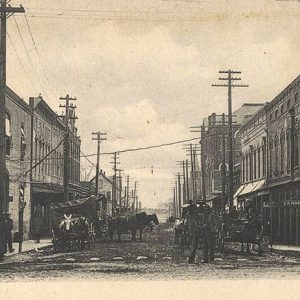 Camden Street Scene
Camden Street Scene
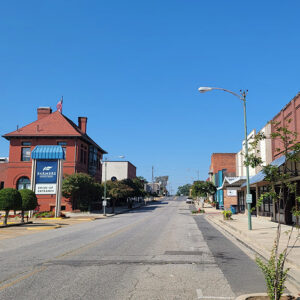 Camden Street Scene
Camden Street Scene
 Camden Street Scene
Camden Street Scene
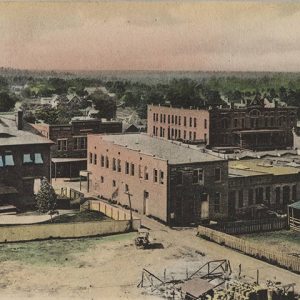 Camden View
Camden View
Cammack Village (Pulaski County)
Camp (Fulton County)
Campbell (Searcy County)
Campbell Station (Jackson County)
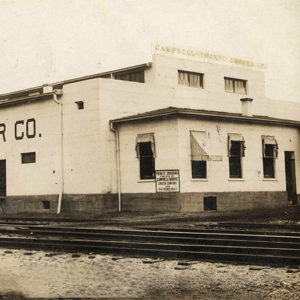 Campbell-Thorpe Grocer
Campbell-Thorpe Grocer
 Cane Creek Lake
Cane Creek Lake
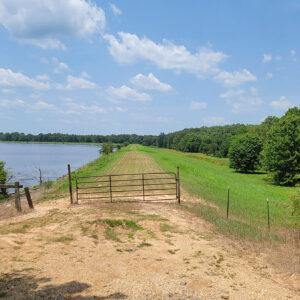 Cane Creek Levee
Cane Creek Levee
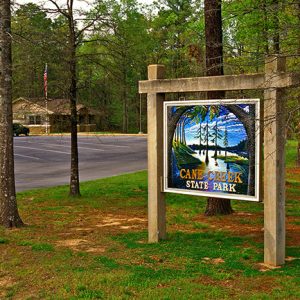 Cane Creek State Park
Cane Creek State Park
 Cane Creek Visitor Center
Cane Creek Visitor Center




